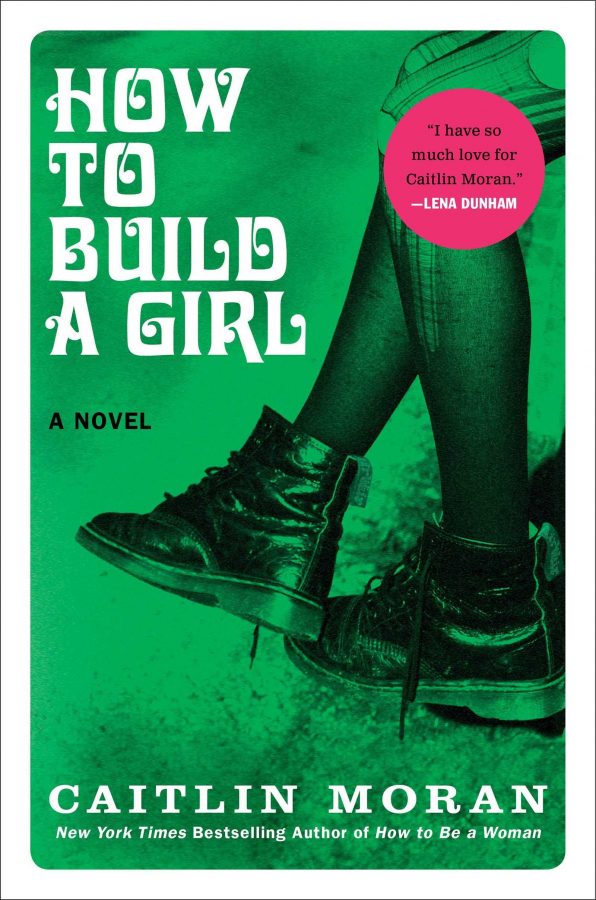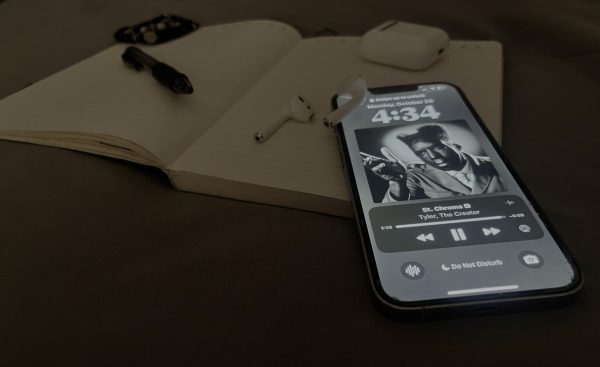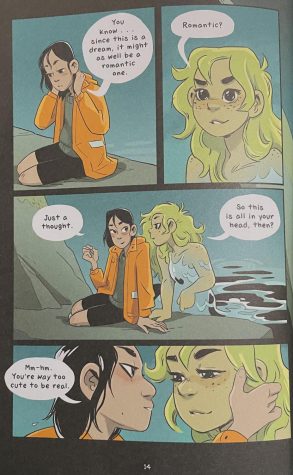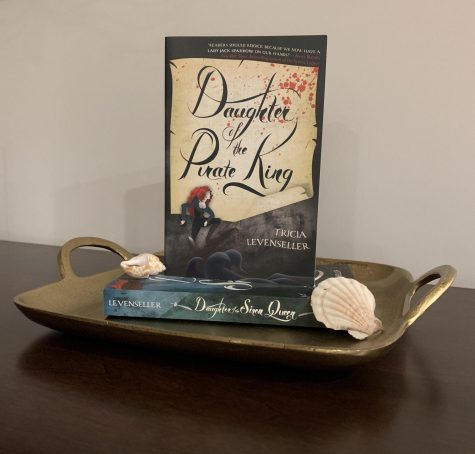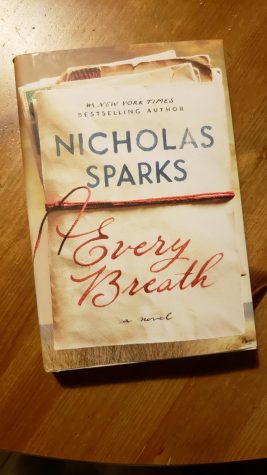‘How to Build a Girl’ gets technical
Photo via amazon.com under Creative Commons license
“How to Build a Girl” is Caitlin Moran’s third book, and her first in a planned trilogy set to release in the coming years.
Yeah, “How to Build a Girl” isn’t a very appropriate book, but if I had read it sooner, a lot of things would be different in my life right now. And I can’t say that for many other books I’ve read. In one word, I’d describe reading this as cathartic.
A semi-biography by Caitlin Moran, it takes place in the early ‘90s, in Wolverhampton, England. After Johanna Morgan gets embarrassed on TV trying to make money to keep her equally-embarrassed family out of the poorhouse, she attempts to reinvent herself.
Note, attempts.
She begins her metamorphosis from a chubby, friendless, weird virgin into a promiscuous, adventurous, hardcore-partying music journalist while her family goes through hard times. During this lengthy process, her father repeatedly tries to make it in the music business and fails every single time, her mother battles postpartum depression, and the money is running out.
One thing I admire about Johanna, or as she is known later as, Dolly Wilde, is that she rarely, if ever, lets others’ opinions get to her. She doesn’t long to look like a supermodel. She rings her eyes with enough eyeliner to spite Gene Simmons, and wears a top hat a la Abraham Lincoln. She repeatedly mentions that she has grown up in a house with no mirrors, and thus barely knows what she looks like.
A house… with no mirrors. This could go two ways. First, like I said before, she doesn’t know what she looks like. Secondly, mirrors reflect. If she grew up in a house with no mirrors, there was no one to reflect her, especially her personality, for that matter. Thus why she feels alienated from not only her family, but the rest of Wolverhampton.
Anyways, Dolly/Johanna lands a job at D&ME, a music magazine, and soon gets flown out to Ireland to do her first interview with an artist named John Kite, whom she immediately gets it on with. She later realizes she is in love with him, but he is now on tour in America, and she begins her downward spiral.
She starts drinking, and smoking, and talking fast enough so that her chances of getting embarrassed are much lower. Then she starts having sex as much as she can, because if there’s anything she’s lamenting about besides her family issues, it’s her being a teenage virgin, something which was (and still is, really) uncommon, and, well, embarrassing.
It’s funny how she gets embarrassed quite a bit even though she doesn’t care much about what other people think so much as what she thinks of herself. But her days of musical slander come to a close as she realizes that she’s become a cynic, and she breaks down and has a bout with self-harm.
In the end, she realizes that she was wrong. Everyone was wrong. Dolly/Johanna says, “So what do you do when you build yourself— only to realize you built yourself with the wrong things?
“You rip it up and start again. That is the work of your teenage years — to build up and tear down and build up again, over and over…
“They do not tell you this when you are fourteen, because the people who would tell you — your parents — are the very ones who built the thing you’re so dissatisfied with. They made you how they want you. They made you how they need you. They built you with all they know, and love — and so they can’t see what you’re not: all the gaps you feel leave you vulnerable.”
So then you’re stuck there, feeling hollow, sort of like a teddy bear without stuffing — the outer shell has been meticulously sewn and embroidered with silk thread, the fur is of the finest angora, but the filling is nowhere in sight. It’s kind of depressing, having to drag around your pathetic empty teddy bear and not having anything to put in it.
But then you find things to put inside the bear, things you either like, or need, or want. Then when the bear is full, you realize that there are some things inside that you really shouldn’t have kept in.
So what do you do? You take out the things that should be gone, and keep whatever makes you happy inside.
It’s the same thing, when you try to build, or rebuild, yourself.

Hobbies/Interests: writing, being annoying, making to-do lists, reading the to-do lists, complaining about the to-do lists, sleeping
Favorite Movie:...



